Forget the dating scene, the beige flags to watch out for in home decor – can you spot your own?
Interior beige flags are the latest TikTok trend we need to watch out for
The official start of summer is barely two weeks away, and with the new season come some unique challenges for nature and landscape photographers, as well as just about everyone else who shoots outdoors. The tutorial below presents several solutions for solving the most common difficulties you’re likely to encounter.
One obvious problem has to do with the early sunrises that occur this time of year. That’s because of what follows the sun peaking over the horizon; namely long days of really contrasty light. These conditions can be a serious impediment to capturing photos with pleasingly balanced tones when dealing with both very bright highlights and deep shadows for much of the day.
British pro Brian Northmore has been shooting landscapes and other outdoor images for the best part of 30 years. He’s also a popular instructor who says, “It’s my mission to inspire the photographic community by passing on my knowledge and skills.
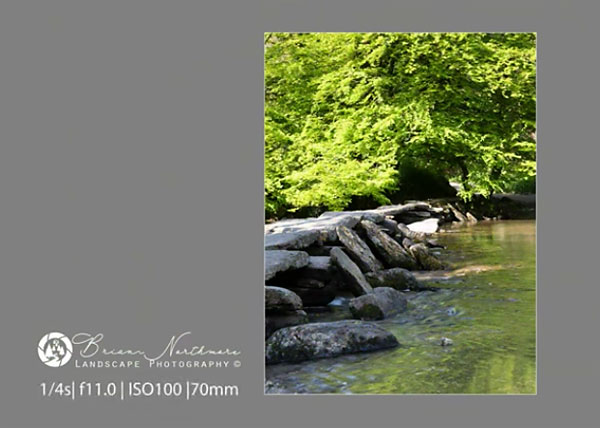
In this behind-the-scenes episode you’ll watch Northmore hike through a forest and shoot three very different photos while battling contrasty light. As you’ll see, he employs three equally unique methods to tackle the trio of challenges and capture some really nice shots.
Northmore admits that the destination he chose, along with very harsh lighting conditions, don’t lend themselves to great imagery. Nonetheless he’s not one to give up easily, because of an attitude that impels him “to do the best job I can with whatever I have in front of me during any given moment in time.”
He adds that he’s always determined to return with images he likes, “making the best use of conditions in the field.” As you watch Northmore work some summer magic you’ll learn how “going with the flow and concentrating on intense colors” is one way to capture compelling photos in less-than-ideal light.
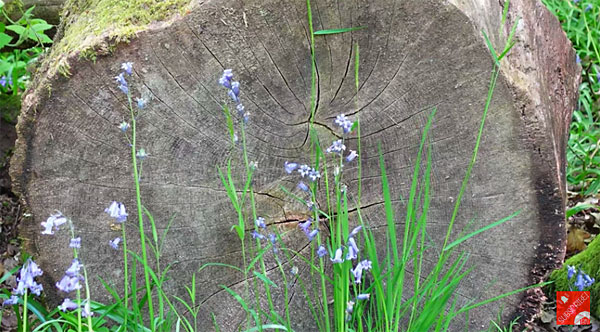
He takes a different approach at another challenging spot, with equally nice results. For this scene the trick is to concentrate on graphic shapes in a river to capture a very strong monochromatic image.
When all else fails, Northmore searches for “a quiet shady corner to make something really special of wildflowers in the scene. And while this lesson doesn’t specifically focus on gear, Northmore has this bit of advice: “You may be interested in using a telephoto lens to bring out details in the small pockets of art to be found all around us in nature.”
There’s much more to learn about outdoor photography on Northmore’s YouTube channel, so pay a visit when you can. And be sure to check out the tutorial we posted recently, explaining why every landscape photographer needs a polarizing filter and the proper way to use one.
Like all equipment with moving parts, every camera has a finite life cycle, and one disastrous failing is when a shutter craps out. That’s why it’s important to know how to check the number of images captured with your camera, or another one you want to buy used.
It’s also important to know the shutter count of cameras you sell, because that’s one of the first questions you’ll receive from prospective buyers. In the tutorial below you’ll learn how find this critical piece of information in barely four minutes.
As you know, all cameras aren’t created equal, and that goes for the lifecycle of a shutter. Most entry-level and midrange camera’s are rated for at least 100,000 actuations, while high-end models have shutters designed to last for 300,000- 400,000 exposures or more.
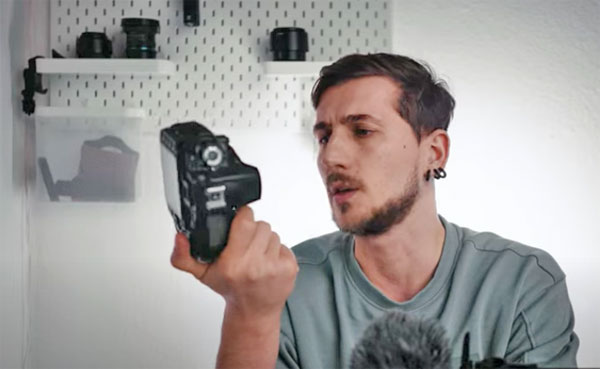
To complicate matters many shutters last well beyond their life expectancy, while there are times when they die earlier. Unfortunately, these variations are difficult if not impossible to predict. Factors that affect a shutter’s lifespan include how the camera is treated and maintained with service, as needed, environmental conditions, and more.
Instructor Vlad Manea is a respected Romanian photographer now based in Germany, who regularly posts straightforward tutorials with simple tips on techniques and gear targeted at amateur shooters.
It’s much safer to purchase used cameras from a reliable seller, and Manea says the best way to avoid buying a lemon is a quick shutter-count check—either by you if you have access to the camera or by a seller you trust. Manea says a high shutter count “isn’t necessarily a deal breaker” if everything else looks good and functions properly.

On the other hand, a high shutter count could indicate the likelihood of other mechanical problems in the future. At this point you’re probably thinking about grabbing your camera(s) to see where you stand.
Fortunately Manea demonstrates how to use a simple free app that does the analysis for you almost instantly. And it works with most popular models and brands of cameras.
After watching this video take a look at Manea’s new instructional YouTube channel and see what else he has to offer. On a related topic, don’t miss the earlier tutorial we posted with a helpful focal length chart to help you make an informed decision when purchasing a new lens.
If you’ve never had the time or money to go on a photo safari, today is your lucky day. You don’t have to pack a suitcase or pay for hotel rooms and expensive plane tickets, because the itinerary here is a quick trip to your own backyard. Apartment dwellers should pay close attention too, since the tips in the tutorial work equally well at your neighborhood park or at a close-by nature center.
This video from the Adorama TV YouTube channel is designed to help capture extraordinary close-up images of a variety of subjects with simple gear that you probably already own. In less than 10 minutes this helpful guide covers everything from primary gear, helpful accessories, composition and other techniques, camera settings, and using light to advantage.
Instructor Gavin Joey is an accomplished British photographer and educator based in the UK. He often travels far and wide to capture his stunning imagery, but in this behind-the-scenes “excursion” he steps outside his studio and into the convenience of his garden to demonstrate how easy it is to make attention-grabbing macro photos close to home.
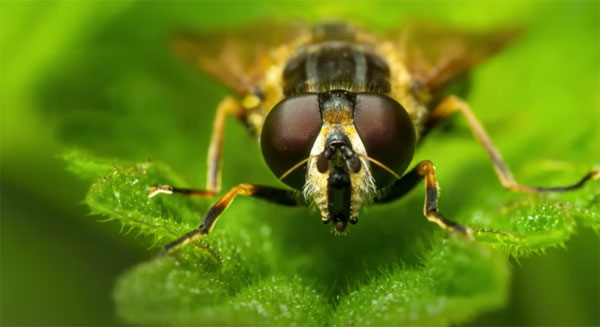
Hoey kicks off the journey by shooting with available light, explaining the camera settings he prefers for a variety of situations. Then he demonstrates how a simple, affordable reflector can turn good photos into great ones by transforming harsh sunlight into soft shade.
Next Hoey adds a simple flash to improve results even further. If you’re one of those photographers who proudly “always shoots with available light” because you secretly think flash is too complicated, Hoey belies these fears by explaining how easy it is to do.
This is perhaps the best time of year to put on your seldom-used safari vest, because your backyard is likely full of great subjects from colorful flowers and buds, to all kinds of creepy crawlies like lizards, spiders, butterflies, and other interesting insects.
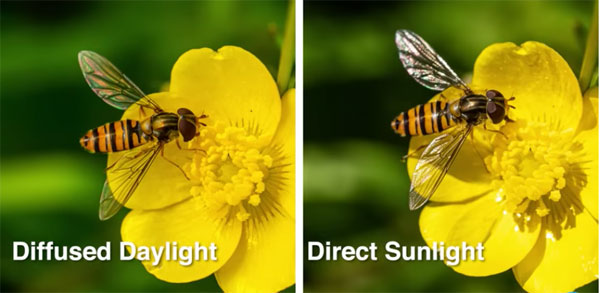
There’s also a discussion of the simple gear Hoey recommends, and a few tricks for maximizing depth of field to give macro shots more depth and dimension. You can find more helpful tutorials on the Adorama TV YouTube channel, and view Hoey’s amazing imagery on his Instagram page.
And don’t miss the explainer we posted from another top pro, with a complete guide to using inexpensive lens filters to capture better outdoor photographs.
